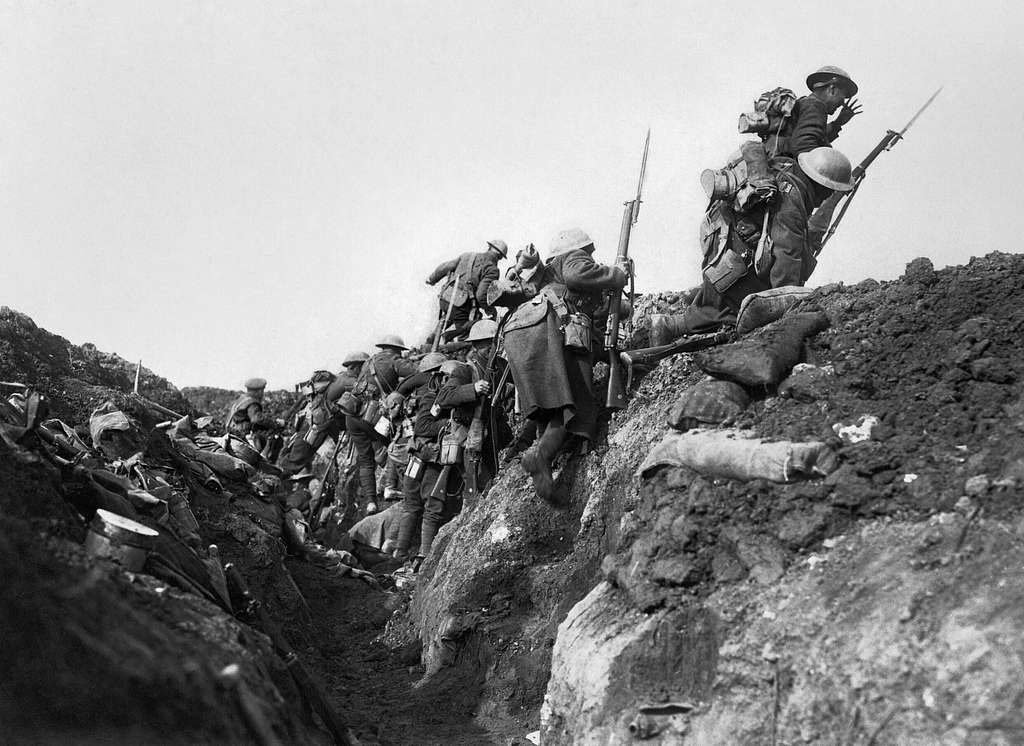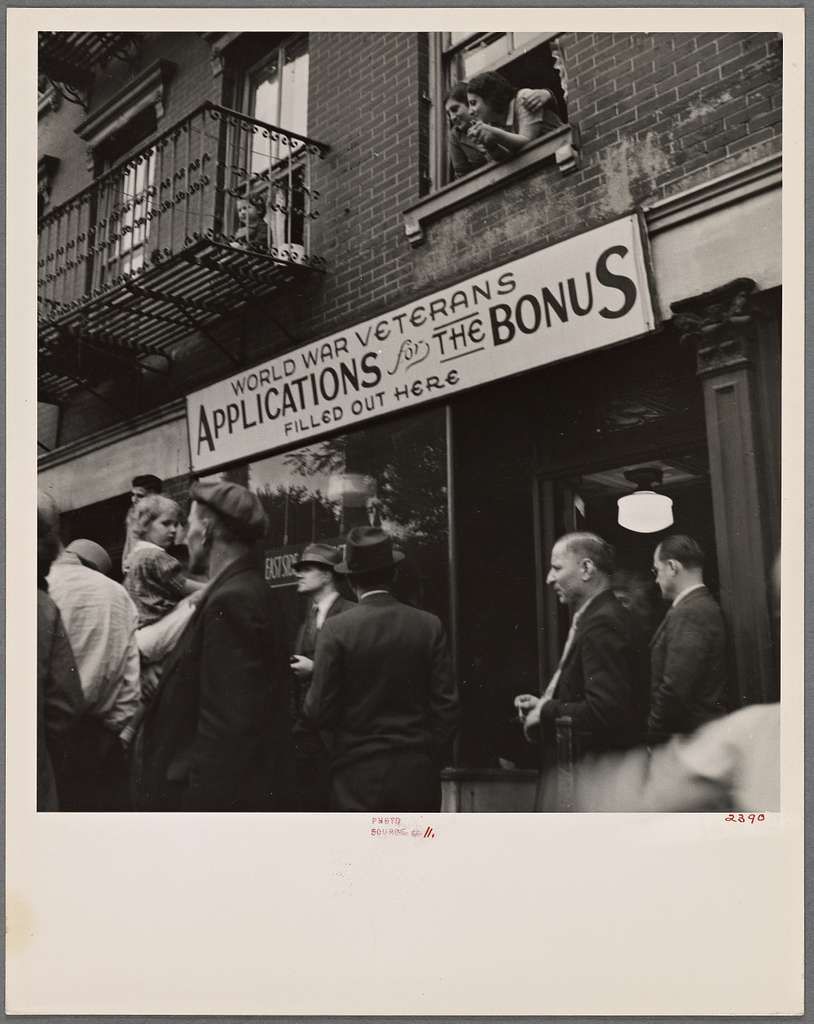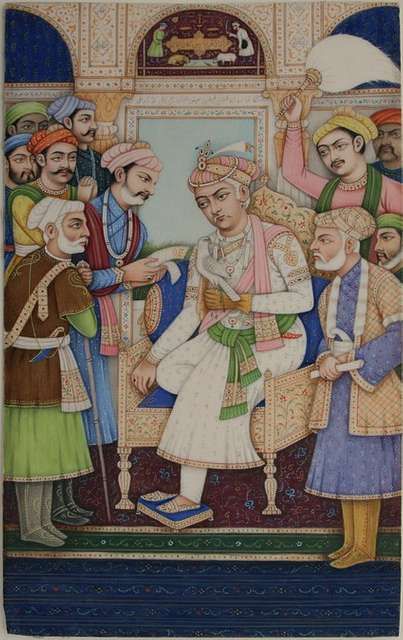The Scramble for America: A Complex Epoch in History

The term “Scramble for America” might initially bring to mind the more commonly known “Scramble for Africa,” but it can be used to describe a different yet equally significant period in history: the aggressive colonization and exploitation of the Americas by European powers. This period, spanning from the late 15th century to the 19th century, was marked by the rapid expansion of European influence, resulting in profound and lasting impacts on the indigenous populations, culture, and geopolitical landscape of the New World.
Early Exploration and Colonization
The “Scramble for America” began with the Age of Discovery in the late 15th century. This era was characterized by the European powers’ race to explore, claim, and colonize new lands across the Atlantic Ocean. Christopher Columbus’s voyage in 1492, sponsored by Spain, marked the beginning of European colonization in the Americas. His discovery of the Caribbean islands opened the floodgates for other European nations like Portugal, England, France, and the Netherlands to establish their own colonies.
Spain and Portugal were the early leaders in this scramble, with the Treaty of Tordesillas in 1494 dividing the newly discovered lands outside Europe between them. Spain took control of large portions of South and Central America, as well as the Caribbean, while Portugal claimed Brazil. These early conquests set the stage for a wave of exploration, conquest, and colonization.
Colonial Expansion and Exploitation
The European powers rapidly expanded their territories in the Americas, driven by the promise of wealth and resources. Spain’s conquest of the Aztec and Inca empires brought immense riches in the form of gold and silver, fueling its dominance in the region. Portuguese settlers established sugar plantations in Brazil, exploiting the land and indigenous peoples to produce lucrative cash crops.
As the 16th and 17th centuries progressed, other European nations joined the scramble. The English established colonies along the eastern coast of North America, while the French claimed large areas in Canada and the Mississippi River Valley. The Dutch also made their presence felt, particularly in the Caribbean and parts of South America.
Colonial expansion was marked by a ruthless quest for resources. The Europeans exploited the Americas for their natural wealth, including precious metals, timber, and agricultural products. The indigenous populations were often forcibly subjugated, displaced, or even exterminated to make way for European settlements and economic activities. This period also saw the horrific transatlantic slave trade, where millions of Africans were forcibly transported to the Americas to work on plantations, particularly in the Caribbean and the southern United States.
Impact on Indigenous Populations and Cultures
The scramble had a devastating impact on the indigenous peoples of the Americas. The appearance of Europeans brought conditions like smallpox, measles, and influenza, to which the native populations had no impunity . These diseases decimated entire communities, with some estimates suggesting that up to 90% of the indigenous population perished due to disease and violence.
In addition to the loss of life, the European colonization led to the destruction of indigenous cultures and societies. Traditional ways of life were disrupted as European settlers imposed their own systems of governance, religion, and economy. Many indigenous communities were forced to convert to Christianity, and their languages, customs, and social structures were systematically eroded.
Economic and Geopolitical Consequences
The scramble for America had far-reaching economic and geopolitical consequences. European powers amassed vast wealth from their colonies, which fueled their growth and expansion in other parts of the world. The riches extracted from the Americas played a crucial role in the rise of European mercantilism and the development of global trade networks.
Geopolitically, the scramble led to numerous conflicts and wars, both in the Americas and in Europe. The competition for colonies and resources was a major factor in several European wars, including the Anglo-Spanish War and the French and Indian War. The struggle for dominance in the New World also set the stage for future conflicts, such as the American Revolution, which resulted in the independence of the United States from British rule.
The Path to Independence and Legacy
Over time, the colonies in the Americas began to seek independence from their European rulers. The American Revolution (1775-1783) was a pivotal moment in this process, leading to the establishment of the United States as an independent nation. Similarly, the 19th century saw a wave of independence movements across Latin America, as colonies sought to break free from Spanish and Portuguese control.
The legacy of the scramble for America is complex. While it led to the development of new nations and the spread of European culture, it also resulted in the exploitation and oppression of indigenous populations, the destruction of their cultures, and the establishment of systems of racial and economic inequality that persist to this day.
Conclusion
The “Scramble for America” was a transformative period in world history, marked by the aggressive expansion of European powers into the New World. This era of colonization reshaped the Americas, leading to the creation of new societies and the exploitation of vast resources. However, it also brought immense suffering and disruption to the indigenous populations and laid the foundations for ongoing social and economic challenges. Understanding this period is crucial to comprehending the historical forces that have shaped the modern Americas and the complexities of its cultural and political landscape.








